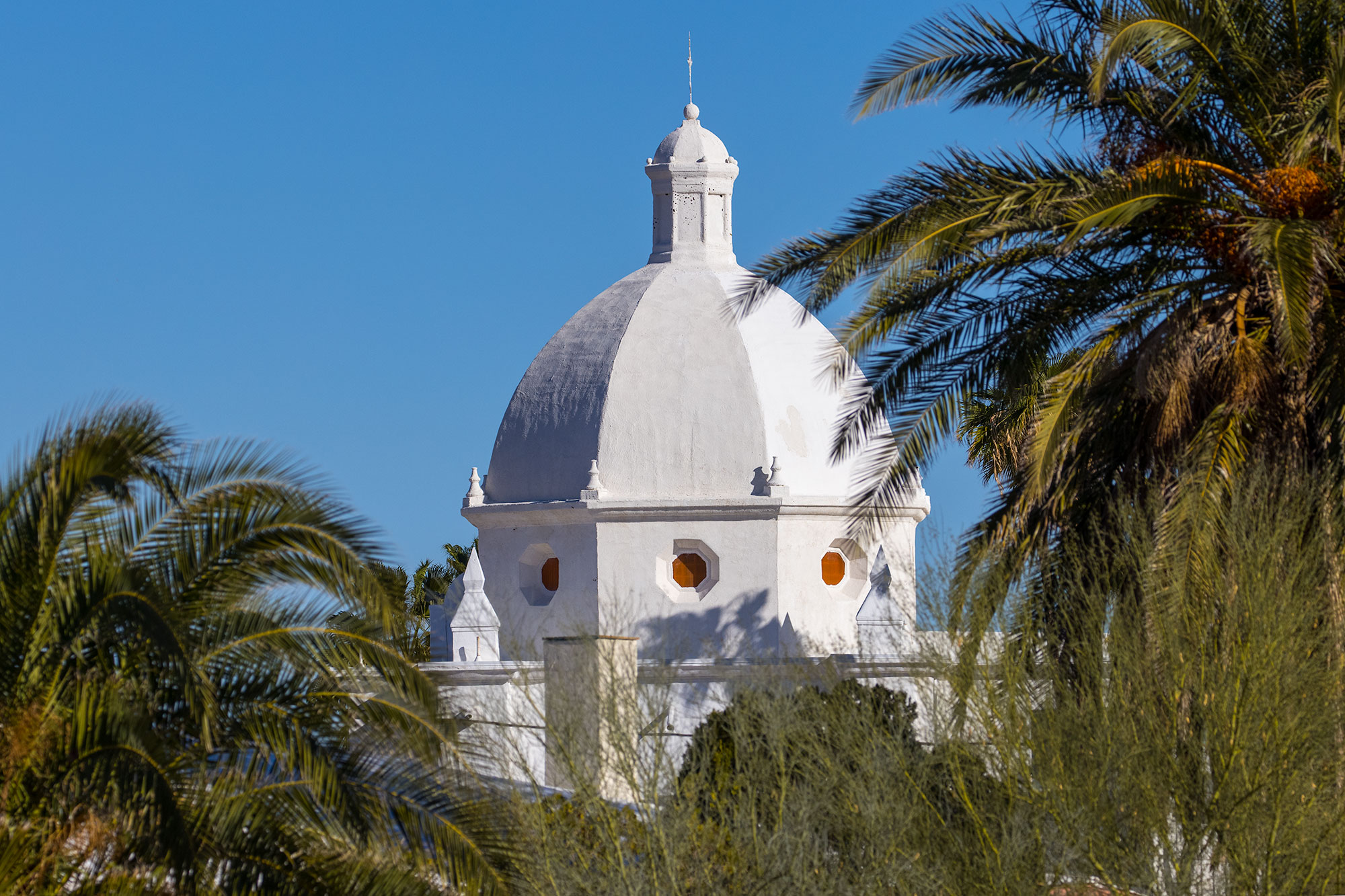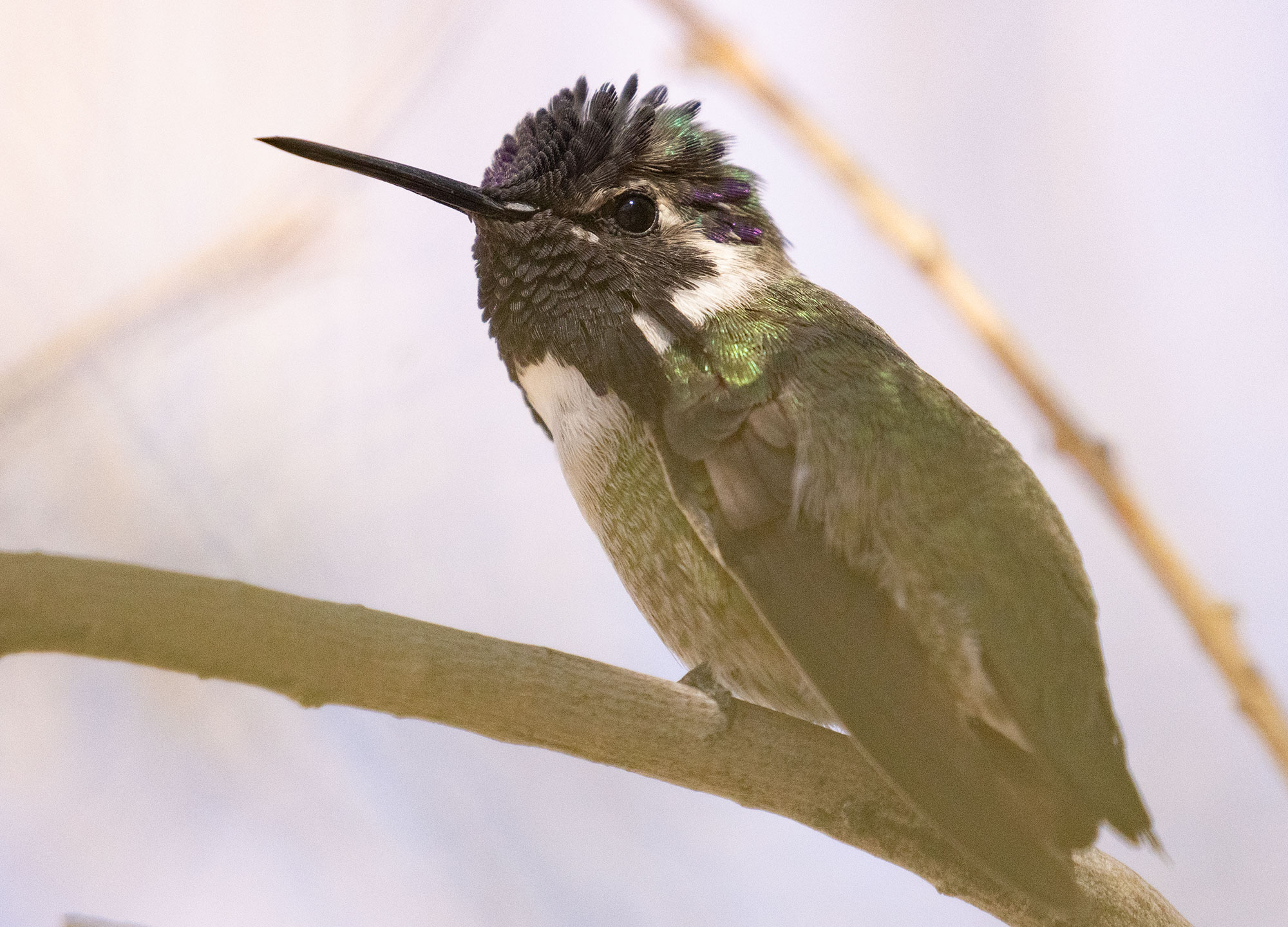Inside the Organ Pipe Cactus National Monument in southwestern Arizona are the world’s most spectacular forests of large cactuses; so dense are these trees and other desert plants that the canyons often appear emerald as a tropical forest.
I am driving there with my son as part of a whirlwind 1,700 mile route through the desert southwest. We are hoping to drive the road to Quitobaquito Springs, a wildlife magnet which hugs the border of Mexico and which for many years has been inaccessible for one reason or another—the latest being the Trump administration’s border wall construction.

The Immaculate Conception Catholic Church in downtown Ajo, Arizona was completed in 1927 by Spanish Revival architect George Washington Smith.
Transboundary Protected Area
Twenty years ago, entranced by the idea of a wilderness that straddled the Mexican-American border, I asked my brother if he wanted to join me on a trip to Mexico’s newly designated El Pinacate y Gran Desierto de Altar National, a huge protected zone which shared a border with Organ Pipe. He offered to drive! Back then, I was predicting that land conservation would grow in importance, to a point where one day it would become mankind’s biggest idea.
As a Minnesotan, I grew up thinking of the boundary waters not so much as a U.S. national park – Voyageurs National Park -, but as a place that encompassed protected lands on both sides of the US-Canada border. When you say boundary waters as a Minnesotan, you are not referring to a park, but an international wilderness.
Around the time of our visit to Pinacate, the United Nations UNESCO agency was working with the U.S. and Mexican federal governments to create a transboundary protected area and international wildlife corridor that straddled both countries. The region, fragile and biologically unique in the world, demanded a unified, bilateral approach to its conservation. The United Nations, concerned about an area of high concern being in the middle of a troubled border, elected both regions as U.N. Biosphere Reserves. The partnership between the two sides was given a name: the Dry Borders-Sonoran Desert Biosphere Reserve.

Costa’s Hummingbirds, one of the smallest of northern North America, are western desert specialists of Arizona, California and Mexico’s Pacific desert regions. The males feature a brilliant irridescent purple helmet. In this photograph, a few feathers catch the light.





